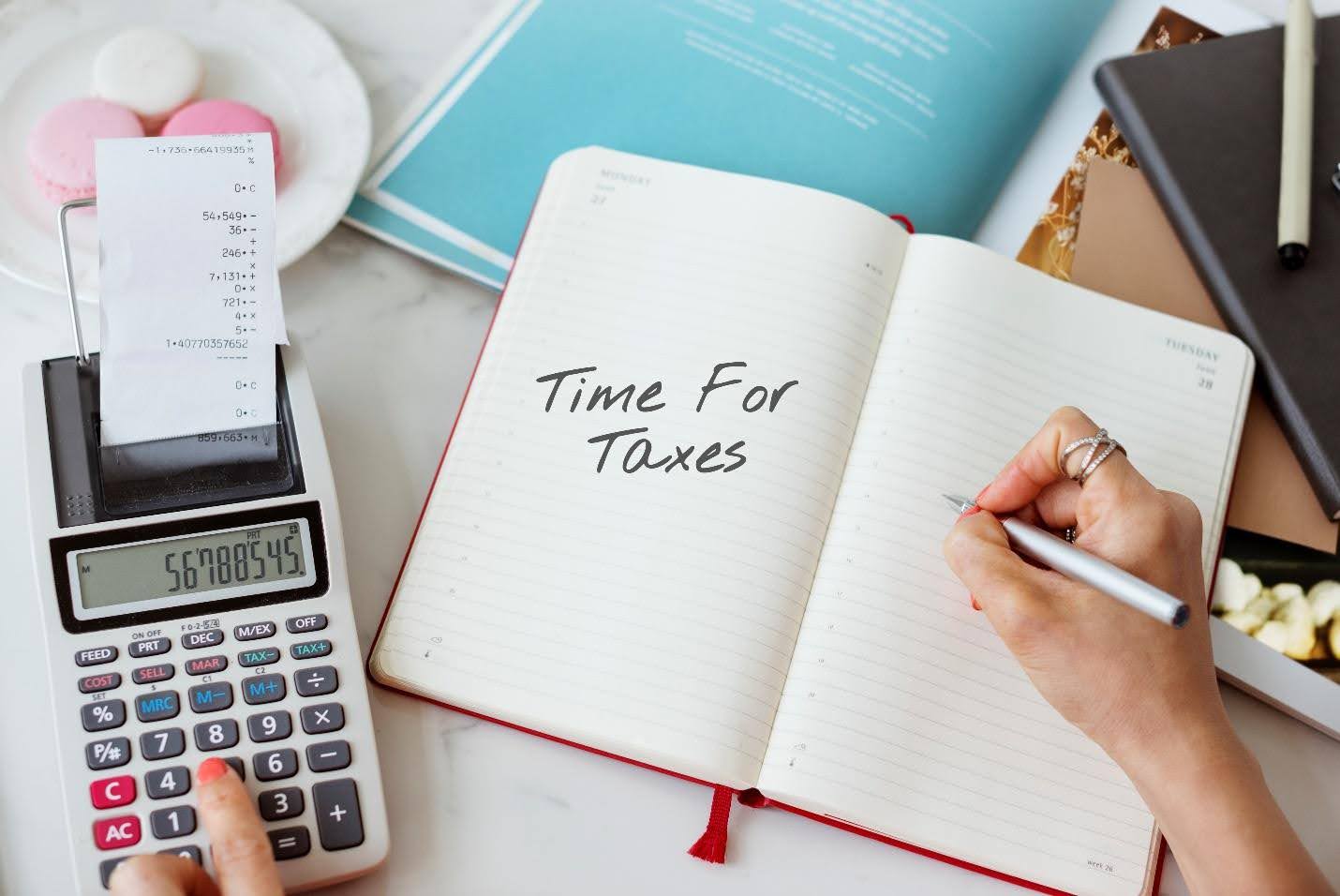Enrolling in tax preparer training programs is one of the first things you should do if you have ever considered a career in tax preparation. The goal of these courses is to give you the information and abilities you need to properly, professionally, and legally prepare taxes.
Tax preparer courses can help clear the path to a successful career in the industry, regardless of your level of experience or whether you want to improve your current abilities. Everything you need to know about these training programs will be covered in this article.
What are Tax Preparer Training Courses
The purpose of tax preparation training courses is to guide people on how to create and submit tax returns. Typically, tax firms, professional organizations, and online platforms provide these courses. Tax rules, credits, deductions, filing statuses, and corporate tax returns are only a few of the many subjects they address.
Some courses are more complex and intended for professionals who have prior tax preparation knowledge and wish to stay current with the most recent tax laws, while others are targeted for beginners.
Why You Should Take Courses
There are many advantages to taking tax preparer training courses, which can help you in a successful career in tax preparation. Here are some main reasons to consider these courses:
Get Expert Knowledge: Tax rules and regulations are complex and subject to regular changes. Taking a formal training course guarantees that you are aware of the most recent filing procedures and tax rules.
Career Growth: People with formal training are preferred and can greatly increase job potential and marketability in the labor market.
Real-World Cases: These are provided in many training courses to help you get ready for the responsibilities you’ll face in your role as a tax preparer.
What is Included in Tax Preparer Courses
Training programs for tax preparers usually cover a wide range of subjects:
Tax Basics: You will begin with an overview of tax preparation, which includes learning about the many forms of taxes (federal, state, and local), the requirements for filing, and the procedure for submitting taxes.
Tax Documents: Get knowledge of all of the documents required to submit tax returns, as well as how to understand financial statements such as income statements and pay slips.
Tax Credits and Deductions: Understand the various tax credits and deductions that can be taken by taxpayers to lower their taxable income.
Exemptions and Filing Status: Find out how the five filing statuses, head of household, married filing jointly, married filing separately, single, and qualifying widow/widower, affect tax calculations.
Tax Law and Updates: Keep up with any updates to state and federal tax legislation, including new tax reform legislation and adjustments to tax credits, exemptions, and deductions.
Choosing the Right Course
A number of factors should be taken into account while choosing a tax preparer training program:
Reputation: To make sure the curriculum satisfies industry standards, select courses from reputable organizations.
Course Content: Examine the curriculum to ensure that it provides practical experience and covers all the required subjects.
Payment Options: Consider the course’s cost and whether you can afford it.
Format: Choose between an in-person program and an online course, which gives flexibility.




